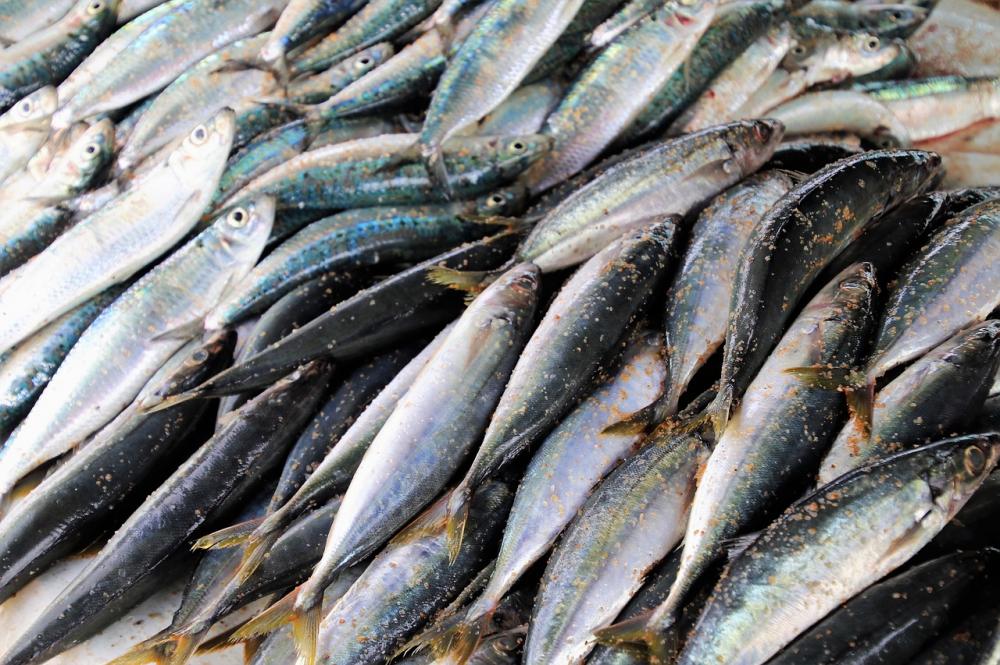
Scombroid syndrome: symptoms of this food poisoning due to histidine
Ever heard of scombroid syndrome? If during a dinner party, or shortly afterwards, we start to feel itchy, headache, shortness of breath, tachycardia, diffuse erythema of the neck and face (red face allergic reaction), we are unlikely to relate these symptoms to food
But if we have eaten fish, there is little doubt: we have scombroid syndrome
In fact, instead of nausea and stomach ache, this particular food poisoning gives a headache and itching.
What causes this reaction is the ingestion of a substance called histamine.
We find it in fish products as a result of the breakdown of histidine, an amino acid found in species belonging to the Scombridae and Scomberascidae families: tuna, mackerel, sardines, sardines, anchovies (hence the name of the syndrome).
If the storage of these foods has not been correct, decomposition accelerates and large quantities of histamine are formed.
Scombroid syndrome, food poisoning
Histamine is not toxic per se: in fact, it is already present in our body and plays an important role in regulating our immune system.
When we come into contact with substances to which we are particularly sensitised, large quantities of histamine are released into our bodies, causing symptoms such as itching, rashes, breathing difficulties and tachycardia: an allergic reaction is underway.
The scombroid syndrome, although the ‘culprit’ substance causes the same symptoms as an allergy, is instead a food poisoning in all respects, because in this case the histamine is not produced by our body but by the spoiled food.
Scombroid syndrome: symptoms
Symptoms of mackerel syndrome appear rapidly (from a few minutes to 2-3 hours, on average 90 minutes) after ingestion of the food and include headaches, reddened conjunctivae, burning mouth, diffuse redness of the skin, hives, nausea, vomiting, diarrhoea and crampy abdominal pain.
In the more severe forms of mackerel syndrome, which are rare, respiratory difficulties, palpitations, hypotension and ischaemia may occur.
Possible treatment in cases of severe intoxication involves the use of antihistamines.
Only rarely may bronchodilators be necessary.
Raw fish and more
First of all, ‘the cold chain’, which preserves fish from the sea to our tables, must be properly executed.
Of course, we have little power to intervene in the cold chain.
At home, however, we can do a lot: use thermal bags to transport fish from the place of purchase, avoid refreezing thawed products.
We must avoid leaving fish dishes and fish products at room temperature for a long time.
If, on the other hand, we are at a restaurant, never hesitate to send back to the kitchen any fish dish whose freshness does not convince us, whether it is raw or cooked fish.
Read Also
Emergency Live Even More…Live: Download The New Free App Of Your Newspaper For IOS And Android
First Aid In Case Of Food Poisoning
Tetrodotoxin: The Poison Of Puffer Fish
FDA Warns On Methanol Contamination Using Hand Sanitizers And Expands The List Of Poisonous Products
Poison Mushroom Poisoning: What To Do? How Does Poisoning Manifest Itself?
Hydrocarbon Poisoning: Symptoms, Diagnosis And Treatment
Mercury Poisoning: What You Should Know
Cadmium Poisoning: Symptoms, Diagnosis And Treatment
What Is Folic Acid And Why Is It So Important In Pregnancy?
Folic Acid: What Is Folin Used For?
In Search Of A Personalised Diet
Paediatrics / ARFID: Food Selectivity Or Avoidance In Children
Eating Disorders In Children: Is It The Family’s Fault?
Eating Disorders: The Correlation Between Stress And Obesity
Mindful Eating: The Importance Of A Conscious Diet
Manias And Fixations Towards Food: Cibophobia, The Fear Of Food


